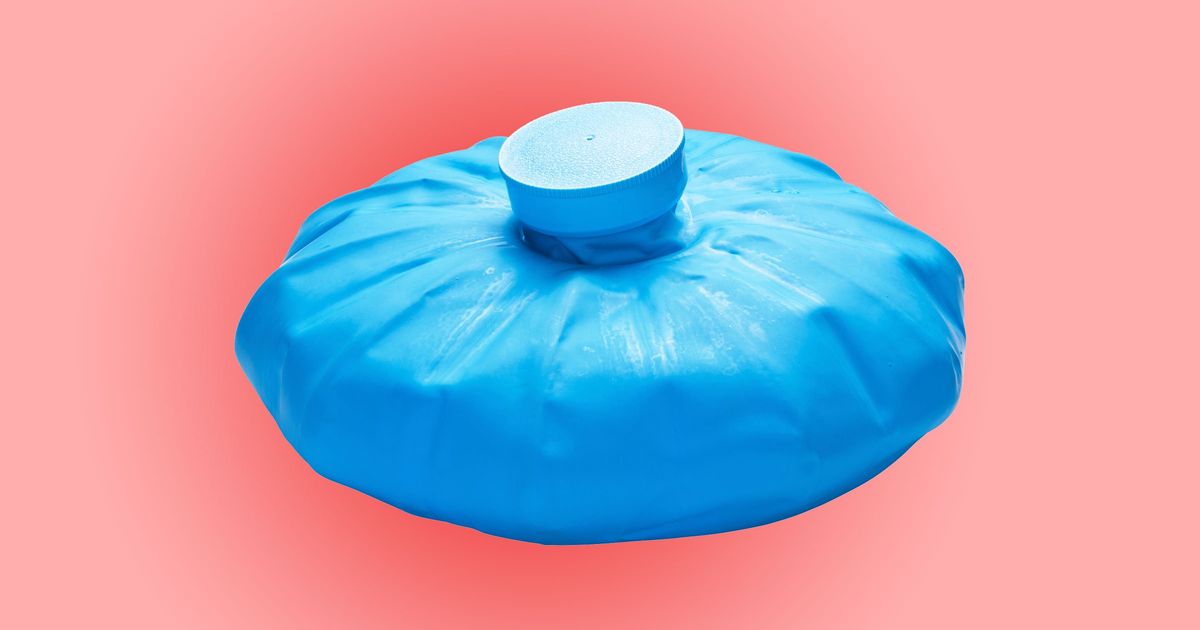Ways To Treat Restless Leg Syndrome
Restless leg syndrome is a real medical condition, though many individuals dismiss it as a nervous twitch. In fact, an individual with restless leg syndrome feels significant discomfort in their legs, which is why they shake or otherwise move them. The swift movements help alleviate the discomfort, but this is only a temporary fix. Often, the discomfort returns within minutes after the individual stops moving their legs. Also known as Willis-Ekbom disease, restless leg syndrome can have serious consequences. While it isn't life-threatening, the condition can inhibit sleep, and a sleep deficiency can cause a wide range of mental and physical problems. While a rapid movement of the legs provides temporary relief, there are several ways to treat the condition more effectively.
Cool Or Warm Compresses

Using cool or warm compresses can provide longer-lasting relief from the discomfort that characterizes restless leg syndrome. Temperature variations reduce the pain or discomfort in the legs, while also helping reduce the muscle twitching that occurs. While research on the effectiveness of this type of therapy is limited, many patients have reported experiencing success in trying temperature therapy. For heat, patients are advised to opt for the moist heat provided by heating packs, hot baths, and steamed towels, since this type of heat is more effective than dry heat. After exposing the legs to heat therapy for fifteen to twenty minutes, minor tension and muscle stiffness may be alleviated.
Alternatively, applying cold via frozen gel packs or ice packs may help by reducing the activity in overactive nerves. The exposure to cold reduces blood flow in the legs, which works to lessen the pain felt in the legs. However, it's important to limit exposure to cold to fifteen-minute intervals. Applying cold packs for longer can result in nerve, muscle, and skin damage.
Continue reading to discover the next way of treating restless leg syndrome.
Avoid Caffeine

Sleep experts recommend individuals avoid caffeine consumption for several hours before bed because the substance acts as a stimulant in the brain. It can be a primary cause of insomnia and other sleep disorders, which is reason enough to limit the consumption of coffee, certain teas, and other caffeinated beverages. Additionally, it has also been found to increase the severity of restless leg syndrome symptoms. Caffeine causes individuals to feel more alert and aware, which is why too much caffeine taken throughout the day can leave individuals feeling agitated and restless at bedtime. In recent studies, patients with restless leg syndrome decreased their caffeine intake and found their symptoms decreased accordingly. However, the patients also suffered the withdrawal symptoms of reducing their caffeine intake. Symptoms like a loss of concentration, depression, and an increased frequency of headaches resulted. Eventually, these withdrawal symptoms will subside, and it may be worthwhile to deal with them when it means alleviating restless leg syndrome and improving quality of sleep.
Learn about more ways in which restless leg syndrome can be treated now.
